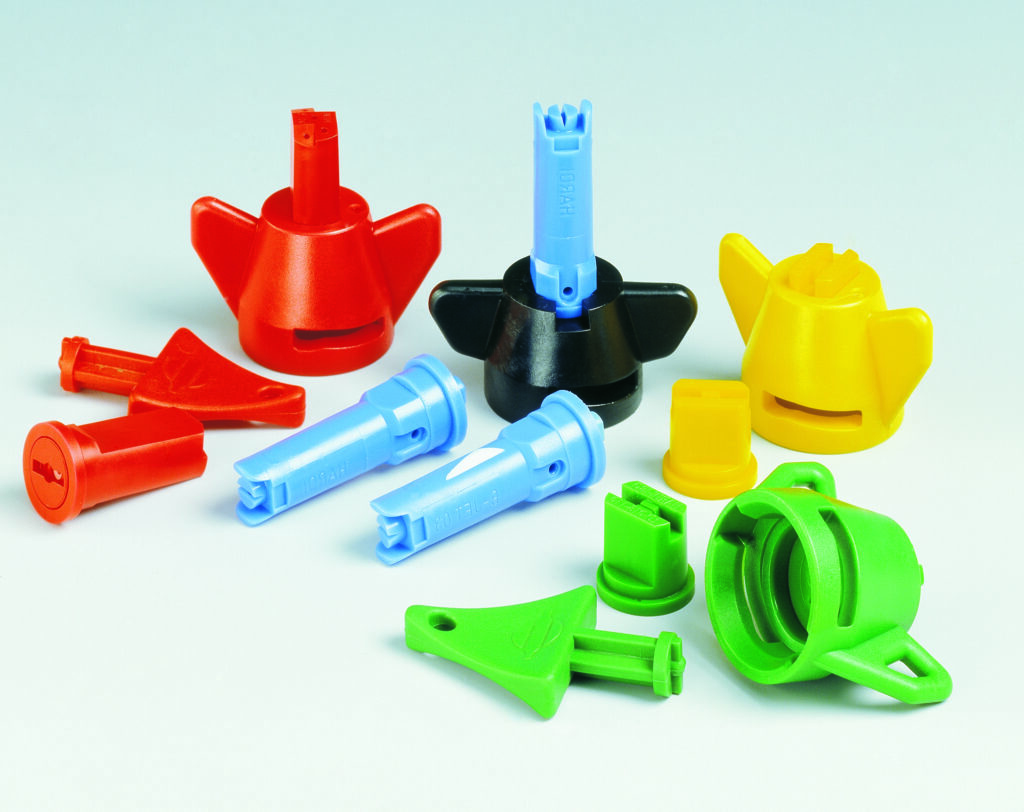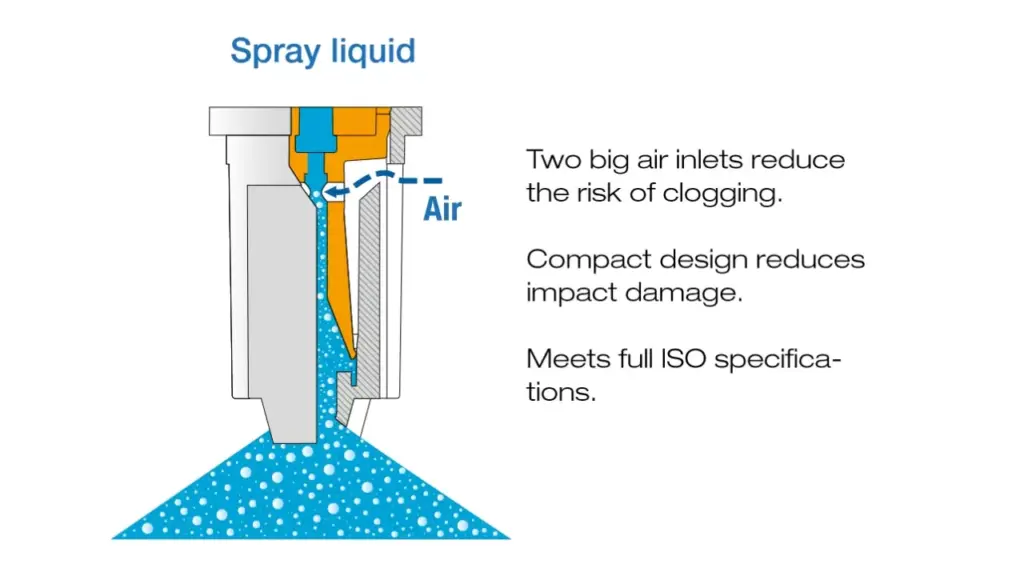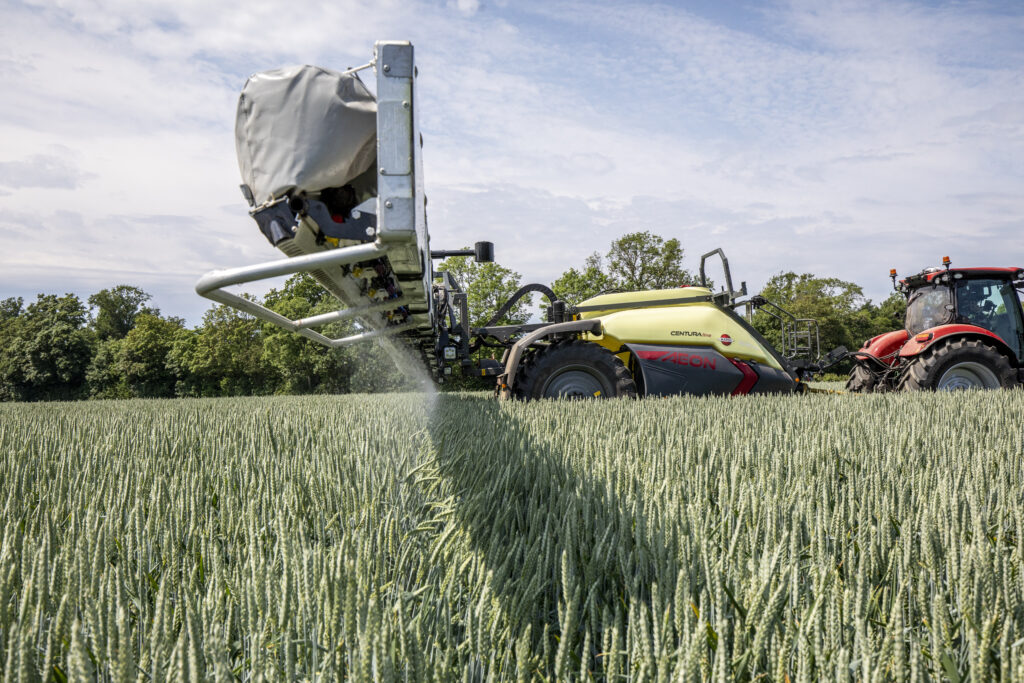IAM
Effective Techniques to Enhance Spray Precision and Reduce Drift
Spray drift can be a significant challenge in agricultural practices, leading to inefficiency and potential environmental harm. Consequently, implementing effective strategies is essential to minimize spray drift. Here are the top five methods to help achieve this goal:

Select the Right Nozzle
Firstly, choosing the appropriate nozzle is critical to minimize spray drift. Specifically, nozzles that produce larger droplets tend to reduce drift because they are less likely to be carried away by the wind. Additionally, air induction nozzles can help by creating larger, air-filled droplets that are more drift-resistant.
Optimise Spray Pressure
Adjusting the spray pressure can influence droplet size and drift potential. Lower pressures generally produce larger droplets, which are less prone to drift. However, it is important to balance this pressure to ensure adequate coverage while effectively minimizing spray drift.

Monitor Weather Conditions
Weather conditions, especially wind speed and direction, play a crucial role in spray drift. To minimize spray drift, spraying should be avoided during high winds or when the wind is blowing towards sensitive areas. Additionally, spraying during early morning or late evening, when winds are typically calmer, can help reduce drift.

Maintain Proper Boom Height
In addition, keeping the spray boom at the correct height is essential to minimize spray drift. The boom should be as low as practical while still ensuring even coverage. A lower boom height reduces the distance droplets must travel, thereby decreasing the likelihood of being carried away by the wind.
Utilise Drift-Reducing Additives
Finally, incorporating drift-reducing agents into the spray mixture can help minimize spray drift. These additives work by increasing droplet size or altering the spray’s physical properties, thus making it less prone to drift and more effective in reaching the target area.
By implementing these strategies to minimize spray drift, farmers can enhance the efficiency of their spraying operations and reduce the environmental impact of spray drift. For further details:
Click here to learn about the HARDI aftermarket kits
Learn more about selecting the right nozzles
Find more on the Hardi International website